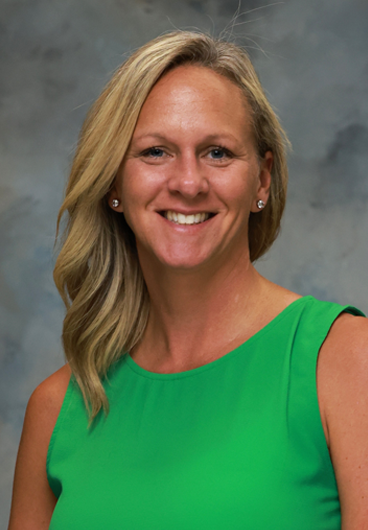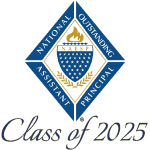
Stacey Douglas
Meridian Elementary School
Meridian, Michigan
stacey.douglas@merps.org
Best Practices
1) Staff Development Through Collaborative Reflection and Peer Learning: At Meridian Elementary, one of the best practices I’ve supported for staff development centers around fostering a culture of continuous learning and collaborative reflection among our teaching staff. Each month, we meet as a professional learning community to engage in a focused, peer-driven development process using strategies from Craig Barton’s Tips for Teachers. Our approach begins with teachers watching a video of each other teaching, which allows them to see practical applications of the tips outlined in the book. The selected tip could be related to a specific teaching strategy or classroom management technique, and the video serves as an authentic representation of how that tip is being implemented in real classroom settings. After watching the video, the group comes together for a reflective discussion. Teachers have the opportunity to share their observations, ask questions, and reflect on their own teaching practices. This process is incredibly valuable as it encourages teachers to learn from each other’s experiences, as well as critically examine their own instructional strategies. The group dynamic fosters a sense of vulnerability and trust, creating a safe space where teachers can explore what worked well and what might need improvement. The collaborative nature of the group not only helps teachers gain new insights but also encourages accountability in applying new strategies. By regularly discussing their practices and challenges, teachers feel more confident and supported in making adjustments to their own teaching methods. Ultimately, this approach has helped build a strong sense of community and collaboration among the staff. Teachers are no longer isolated in their classrooms but instead engage in meaningful dialogue about teaching and learning. By leveraging peer observation and reflection, we’ve created an environment where professional growth is continuous, collaborative, and deeply rooted in the shared goal of improving student outcomes. This method of using Craig Barton’s Tips for Teachers as a framework for discussion and reflection has become a key part of our school’s staff development strategy in creating an adult learning organization. It empowers teachers to not only enhance their own practice but also to be active contributors to the professional growth of their colleagues.
2) Creating a PLC to Support Marzano’s High-Reliability Schools Framework with PBIS and SEL Focus: One of my proudest accomplishments is establishing a Professional Learning Community centered around Marzano’s High-Reliability Schools framework, specifically tailored to support our school’s Positive Behavioral Interventions and Supports (PBIS) and Social-Emotional Learning curriculum, Second Step. This initiative was driven by a commitment to enhance both student behavior and social-emotional learning, ensuring that all students thrive in a safe and supportive environment. The PLC was designed to bring together staff who were not part of a current grade-level PLC group to collaboratively explore and implement effective strategies aligned with Marzano’s HRS framework. This framework focuses on ensuring that all students receive the necessary support to be successful academically and socially. In our PLC, we specifically dug in on the integration of PBIS and Second Step to create a whole-child approach that will positively impact students’ behavior, emotional well-being, and overall academic success. Our work began by reviewing the core principles of PBIS and Second Step, ensuring they were fully embedded within our school’s daily practices. The PLC meetings were structured to allow for deep discussion about how to effectively implement PBIS strategies in alignment with SEL goals, while also ensuring the core tenets of Marzano’s framework were maintained. We are currently focused on creating consistent expectations, fostering positive relationships, and developing a shared language for both behavior and social-emotional learning across all grade levels. Through this collaborative effort, we are working on identifying the key vocabulary and skills of our SEL curriculum and incorporating SEL lessons into the classroom routines of all staff, not just general education teachers. Additionally, we will continuously align our practices with the HRS framework to monitor the effectiveness of our approaches and ensure ongoing improvement. We are only in the first few months of this work but our goal is that the impact of this PLC will be significant. And that teachers will become more confident in implementing PBIS and Second Step with consistency and fidelity, and there will be a noticeable improvement in both student behavior and emotional regulation. We hope that students will be better equipped to navigate social interactions and challenges, which in turn will enhance their overall learning experience. Furthermore, this PLC will strengthen the sense of community among staff, as we collectively work towards a shared vision of supporting students’ social and emotional growth alongside their academic development. It also serves as a model for how to successfully integrate frameworks such as Marzano’s HRS with existing school-wide initiatives to create a cohesive, supportive, and high-performing school environment.


